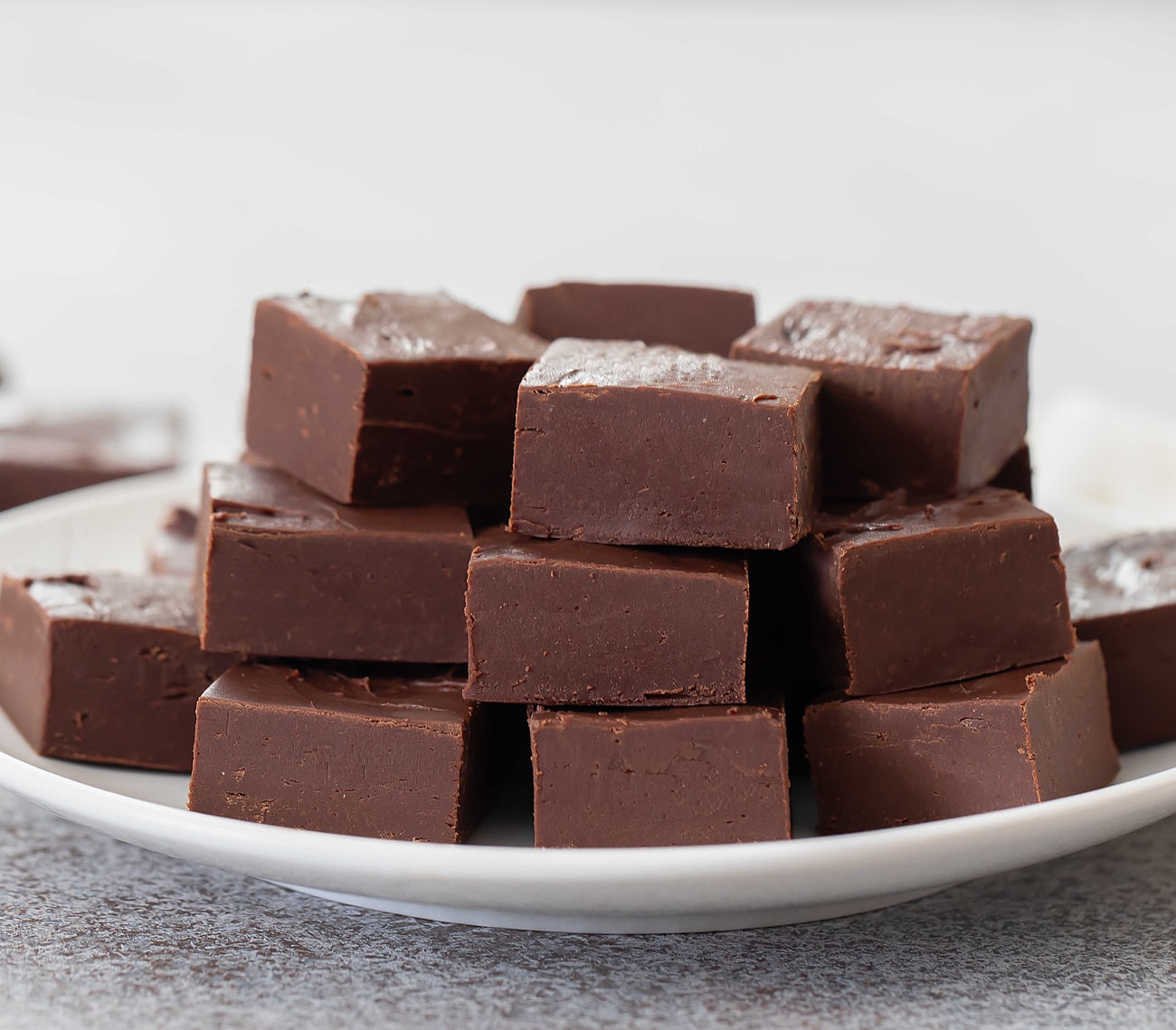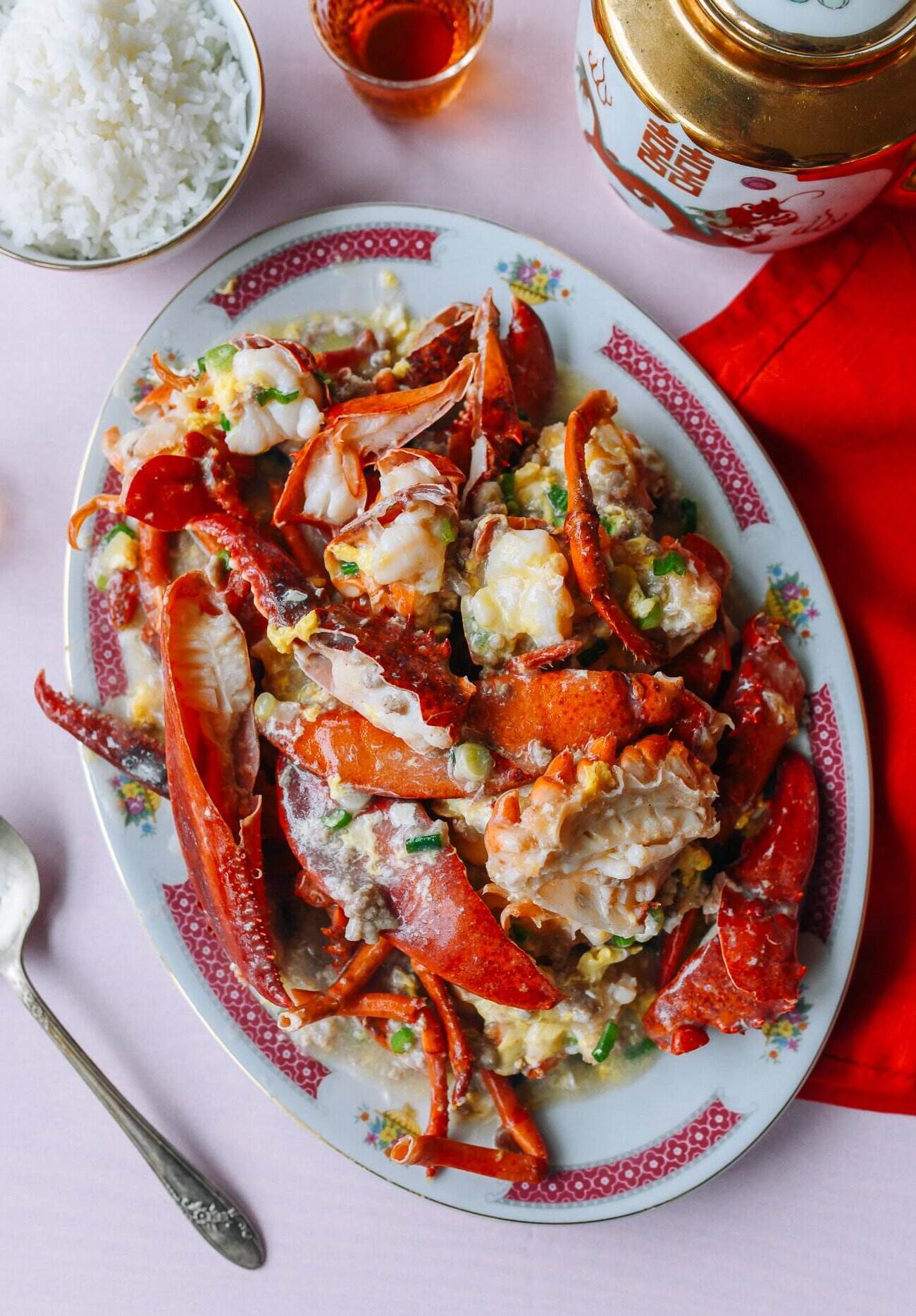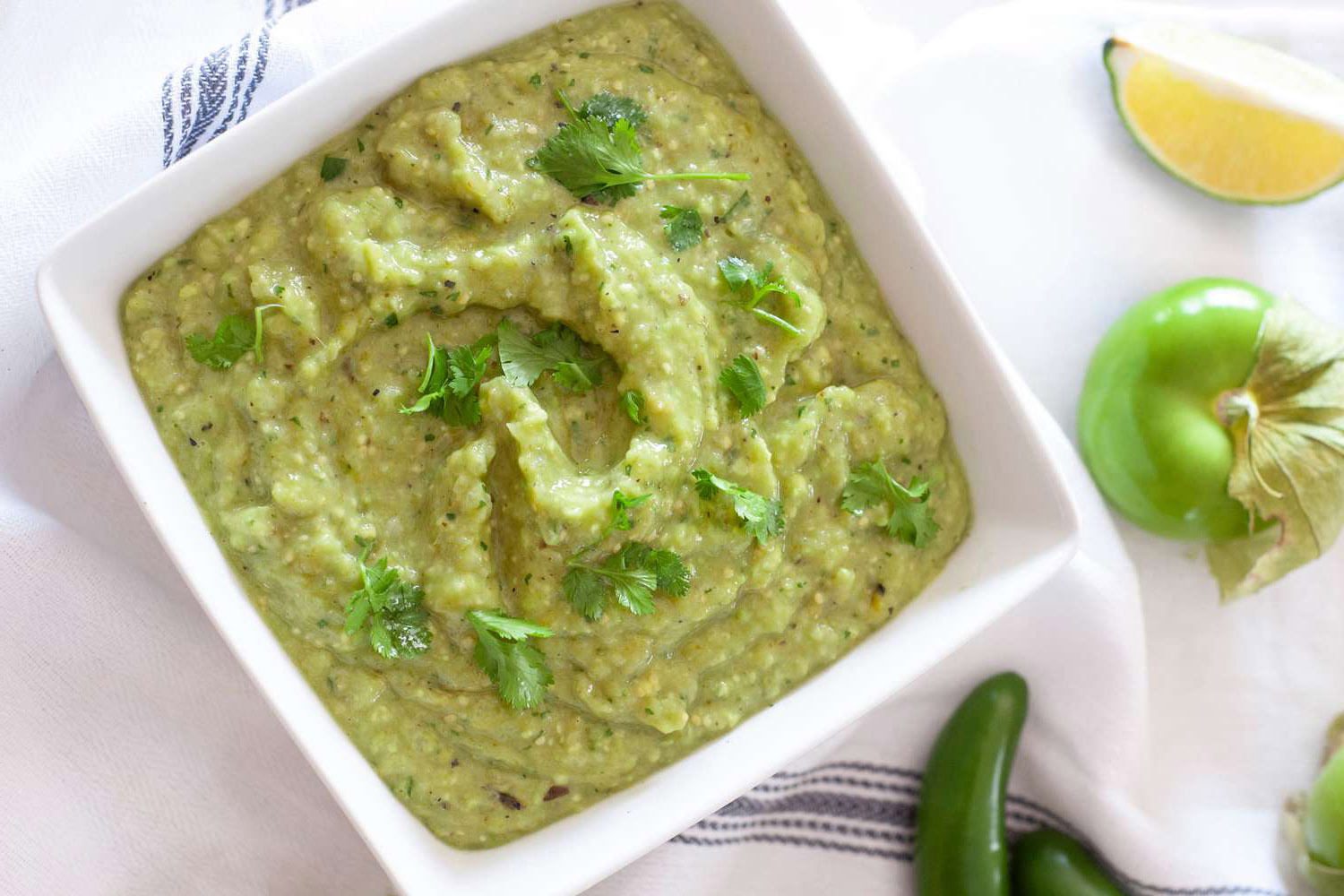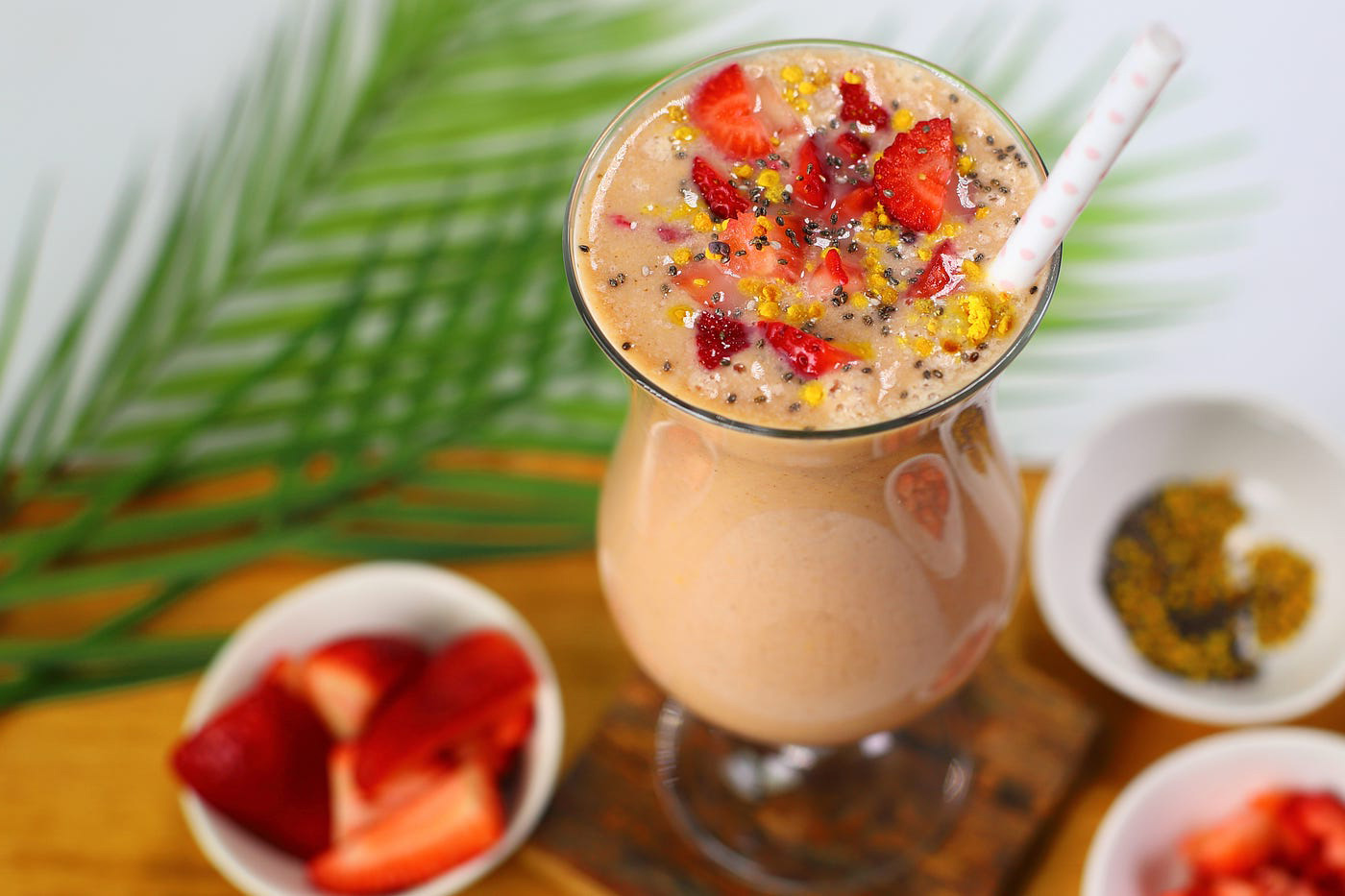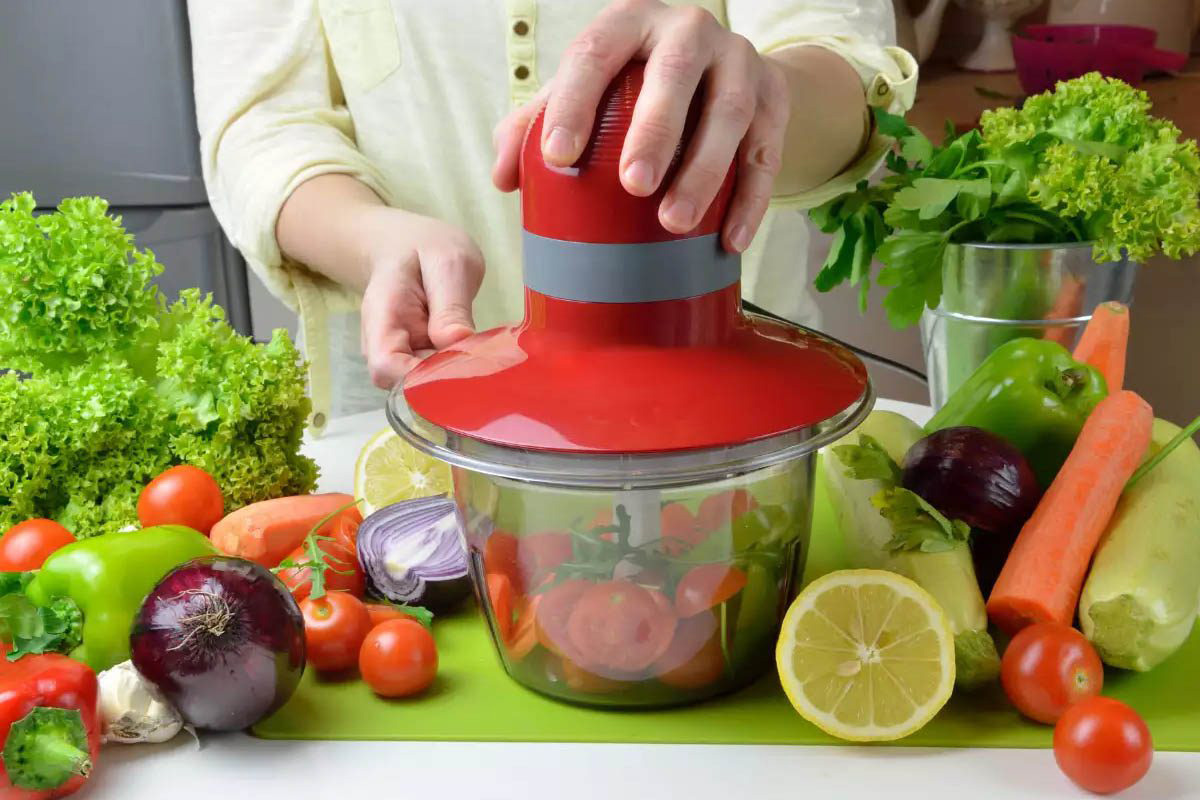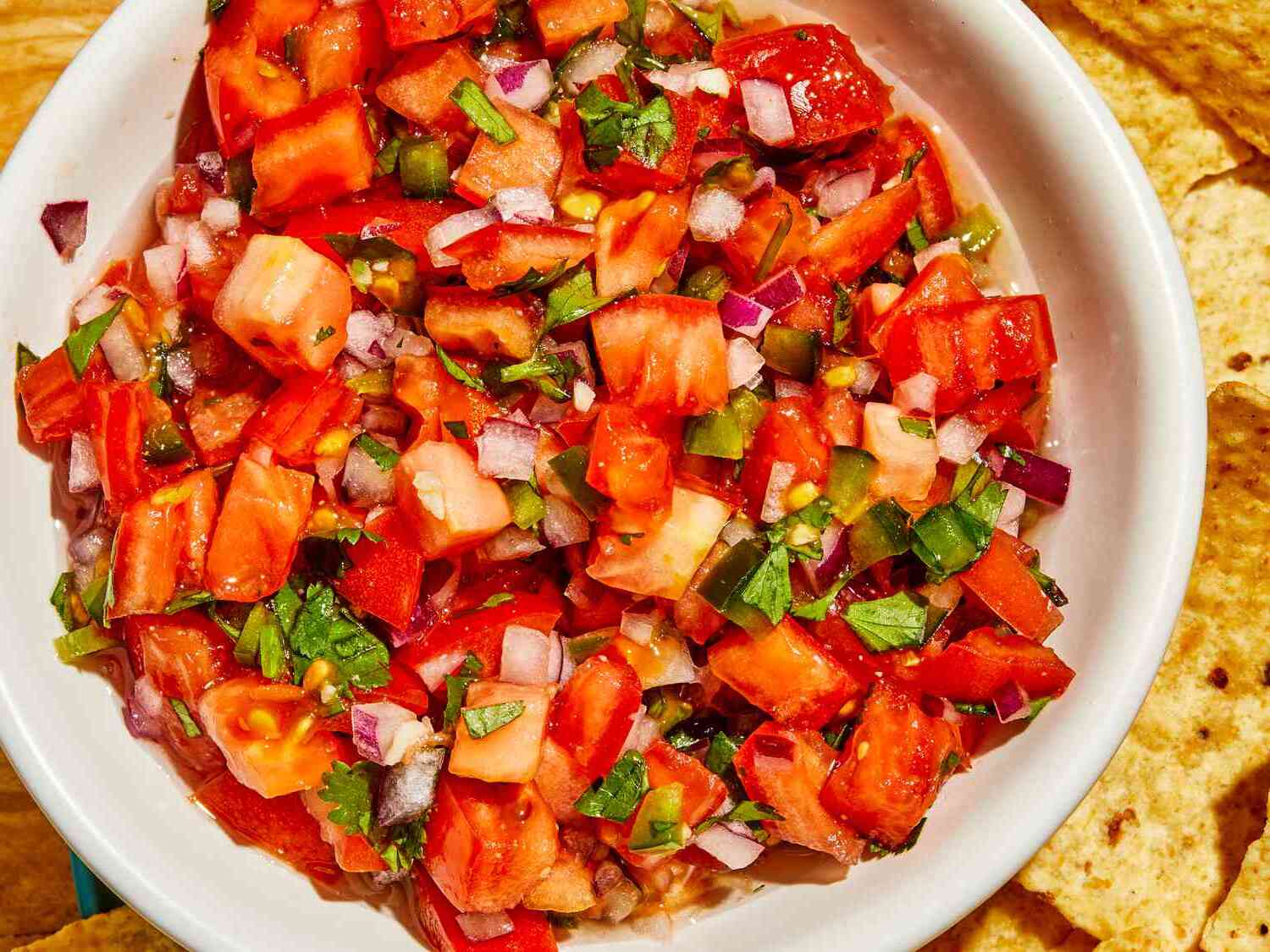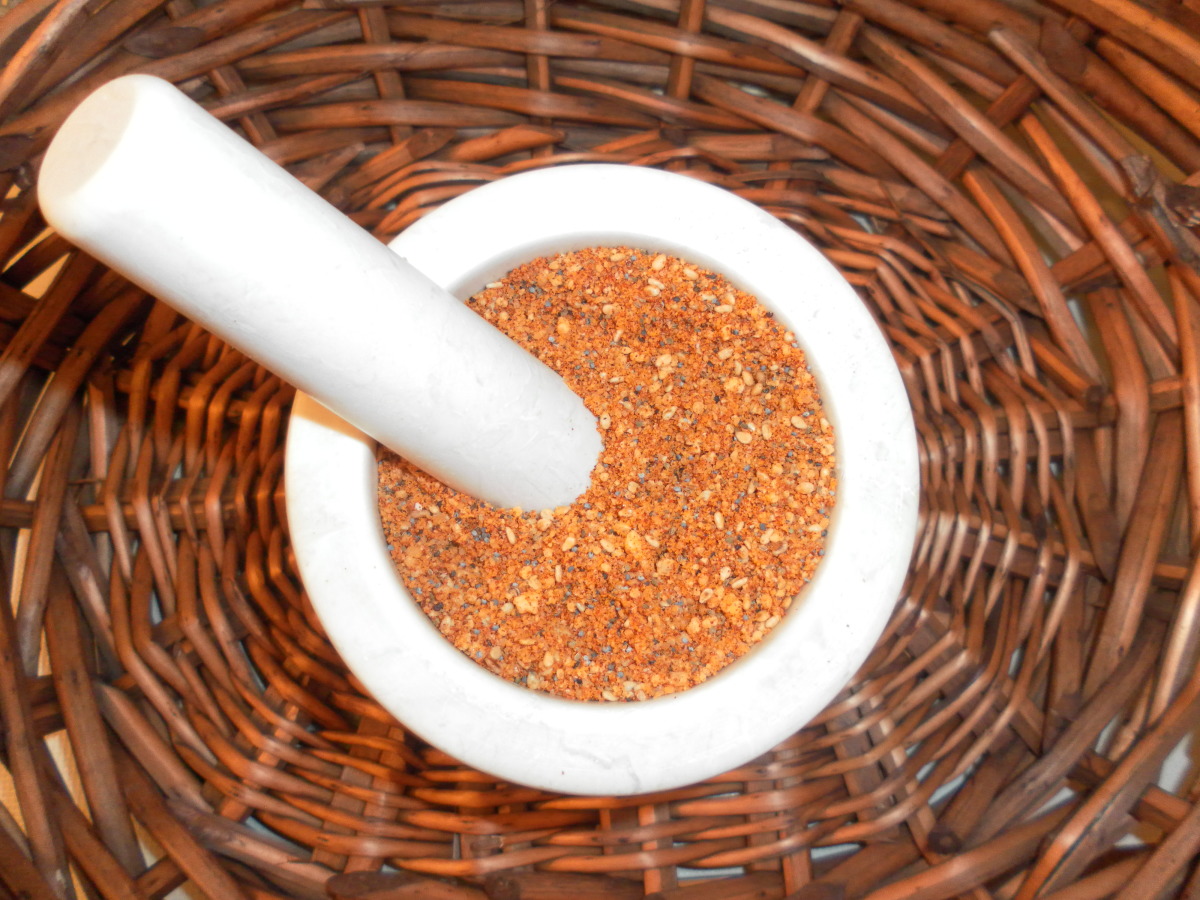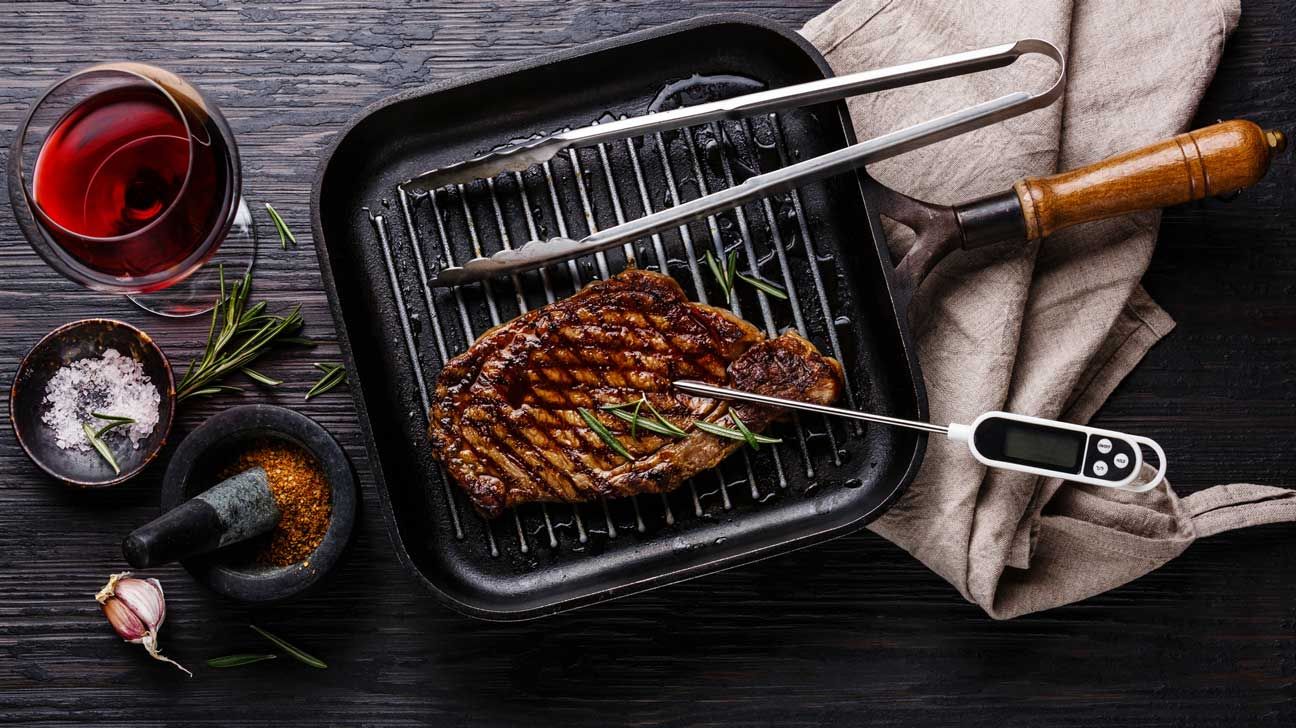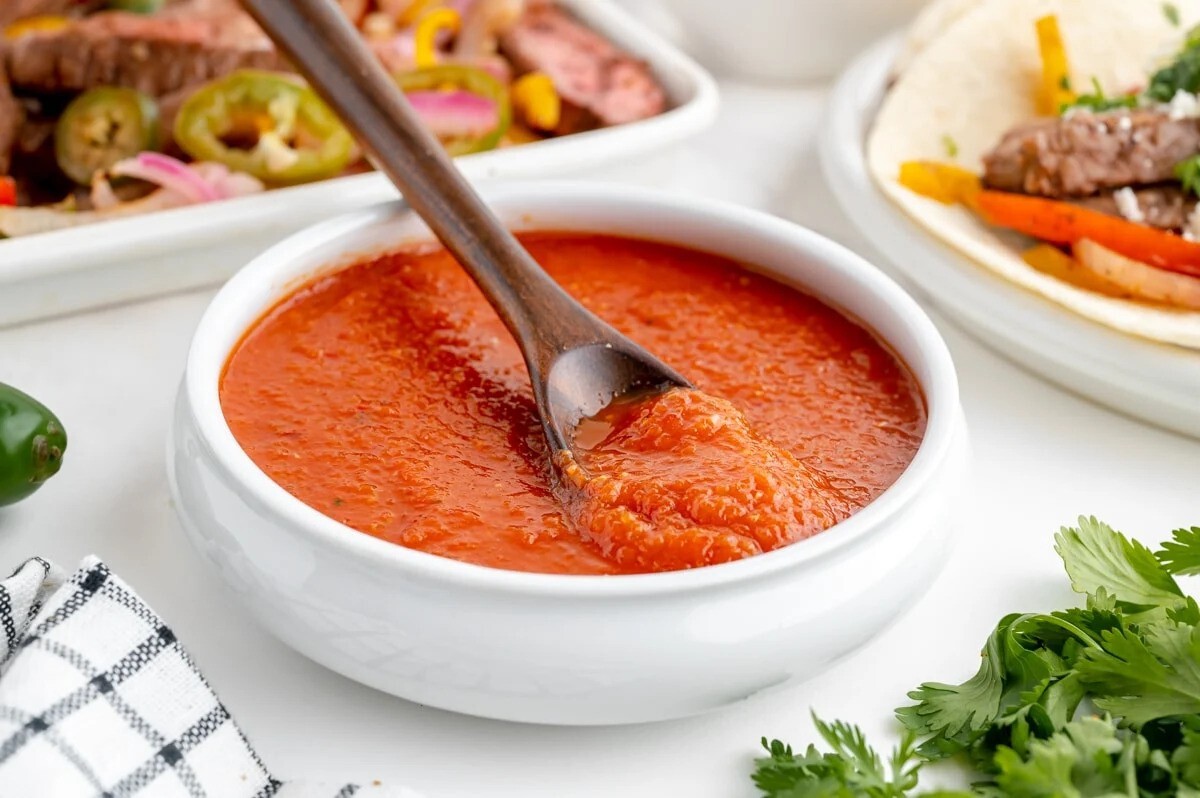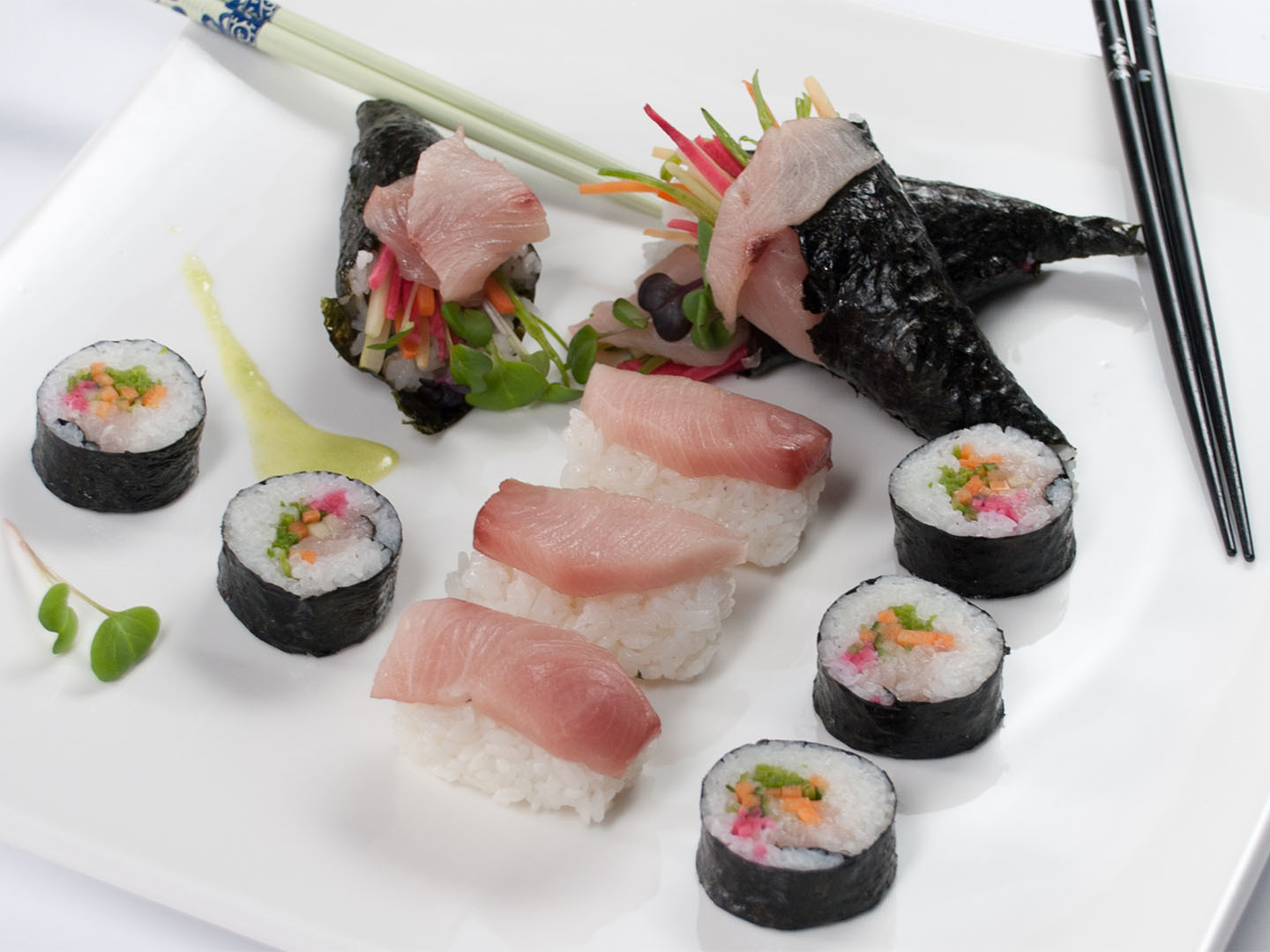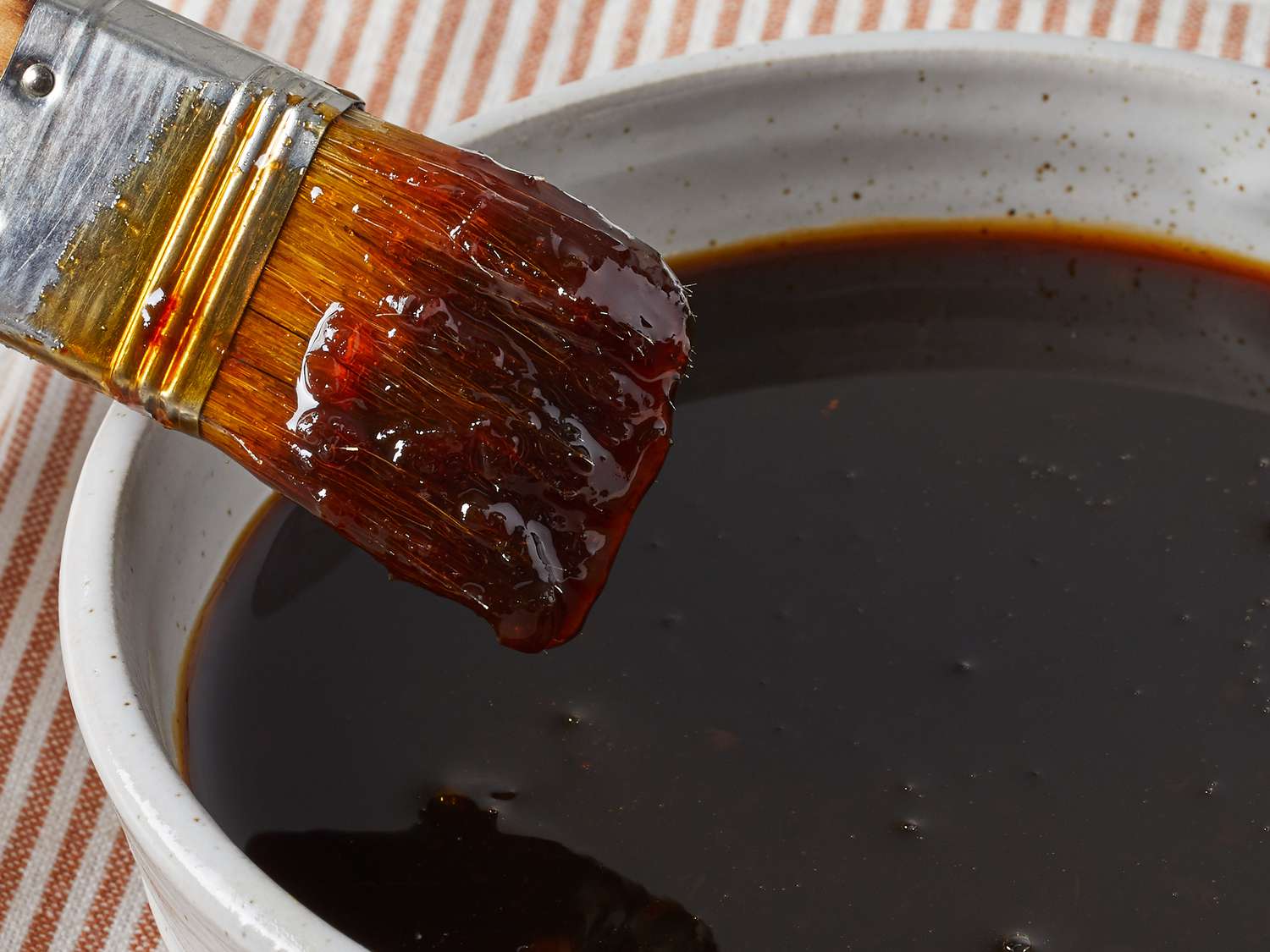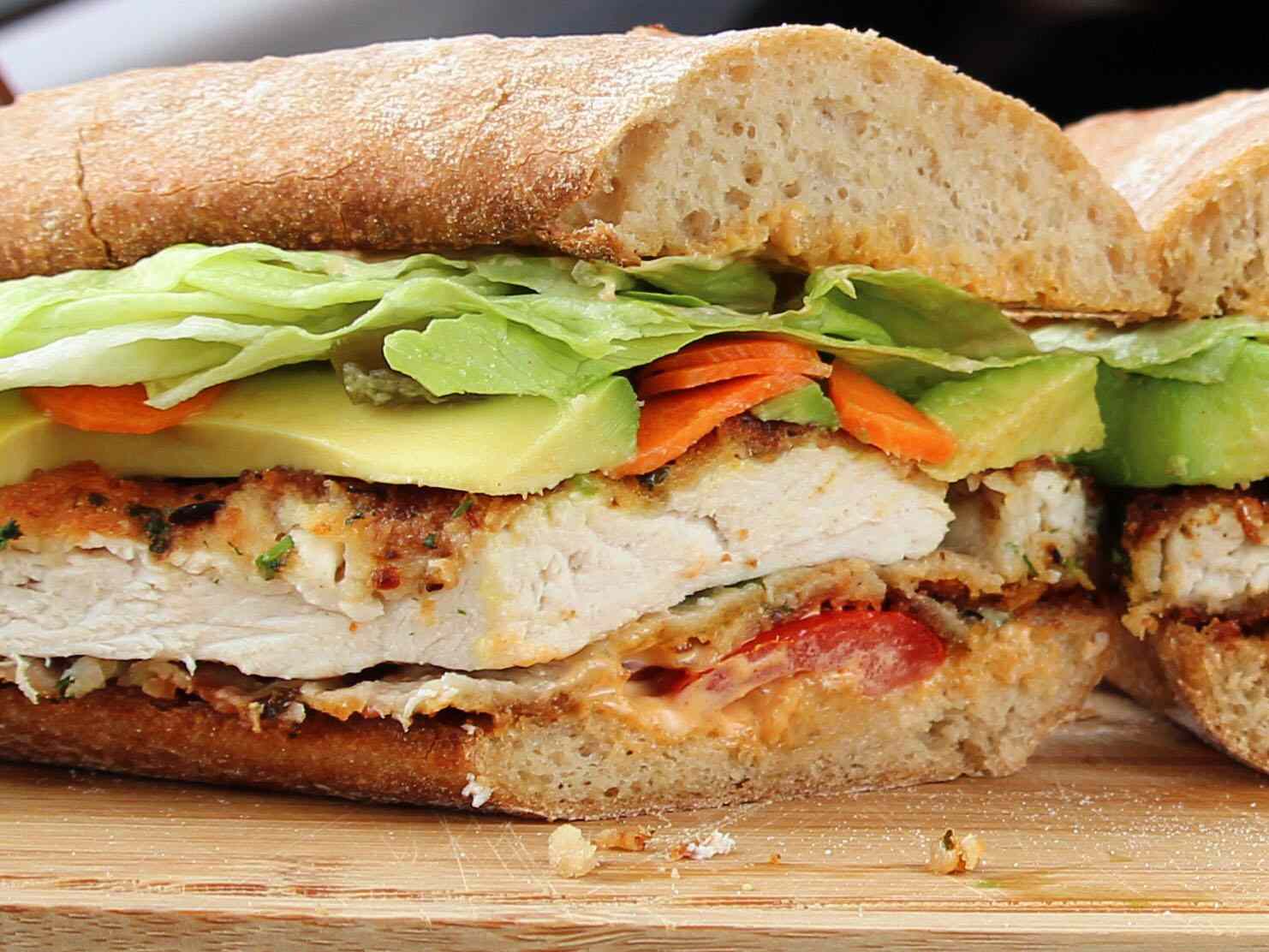Blue cheese mold is a type of mold that is intentionally introduced into blue cheese during the cheese-making process. This mold gives blue cheese its characteristic blue or green veins and distinctive flavor. In this article, we'll explore what blue cheese mold is, how it's used in cheese-making, and whether it's safe to consume.
What is Blue Cheese Mold?
Blue cheese mold, scientifically known as Penicillium roqueforti, is a type of mold that belongs to the same genus as the mold used to produce penicillin, a common antibiotic. This mold is responsible for the unique appearance and flavor of blue cheese. When introduced to cheese, it creates characteristic blue or green veins and imparts a tangy, pungent flavor.
How is Blue Cheese Mold Used in Cheese-Making?
The process of making blue cheese begins with the introduction of Penicillium roqueforti spores into the cheese curds. After the cheese is formed, it is pierced with needles to allow oxygen to penetrate the interior, creating an environment conducive to the growth of the mold. Over time, the mold develops, creating the distinctive blue veins that are characteristic of blue cheese.
Is Blue Cheese Mold Safe to Consume?
Many people may be wary of consuming mold, but in the case of blue cheese, the mold is safe to eat. The mold produces enzymes that break down the cheese, resulting in its unique flavor and texture. Additionally, the high salt content of blue cheese helps to inhibit the growth of harmful bacteria, making it safe for consumption.
Health Benefits of Blue Cheese Mold
While blue cheese mold is primarily known for its role in cheese-making, it also offers potential health benefits. Some studies suggest that the mold may have antibacterial properties and could help in fighting certain types of harmful bacteria. Additionally, blue cheese is a good source of calcium and protein, making it a nutritious addition to a balanced diet when consumed in moderation.
Culinary Uses of Blue Cheese Mold
Blue cheese mold is a versatile ingredient in the culinary world. In addition to being enjoyed on its own, blue cheese is often used in salads, dressings, and sauces to add a bold, tangy flavor. It pairs well with fruits such as pears and apples, as well as nuts and honey, creating a delightful combination of sweet and savory flavors.
Conclusion
Blue cheese mold, also known as Penicillium roqueforti, is a key component in the production of blue cheese. While some may be apprehensive about consuming mold, blue cheese mold is safe to eat and offers unique flavor and potential health benefits. Whether enjoyed on its own or incorporated into various dishes, blue cheese mold adds a distinctive and delicious element to the culinary world.
Was this page helpful?
Read Next: What Is A Chai Tea Latte?
